If you are looking wholesale lighting solutions, click here.
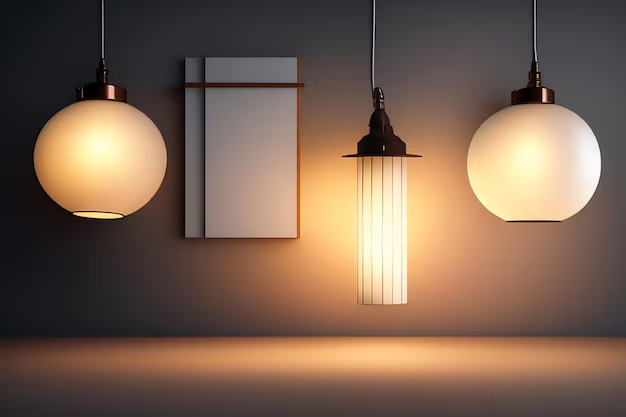
Do you ever get confused between panel lights and downlights? In this blog, you will learn about the differences that set downlights apart from panel lights.
With years of expertise in the lighting industry, we understand the importance of knowing the right differences between the lights to illuminate a particular area.
You are in the right place if you have struggled to determine which of the two forms is better for your space.
Let’s begin!
A downlight or recessed light is a fixture that provides directed light with a steeper beam. This makes them perfect for directing light where it is required the most, thus improving visibility and illuminating a particular area or object.
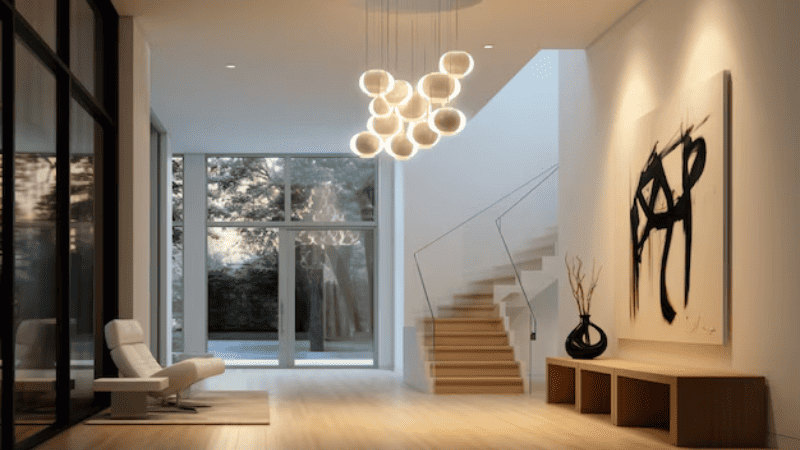
These fixtures are particularly fantastic for accent lighting, task lighting, and layering in the space. Downlights can also highlight an artwork, provide light on a kitchen counter, or set a room’s mood and tone.
Various types of downlights cater to the individual tastes and requirements of any consumer. You can select the type that is most suitable to your style and efficiency, ranging from old-fashioned incandescent bulbs to the new fashionable LED downlights.
Downlights can be retrofitted, hidden in-ground fixtures, or flushed to the ceiling. Flush-mounted lights are discreet and aesthetically pleasing, whereas surface-mounted lights provide easy installation with no ceiling changes.
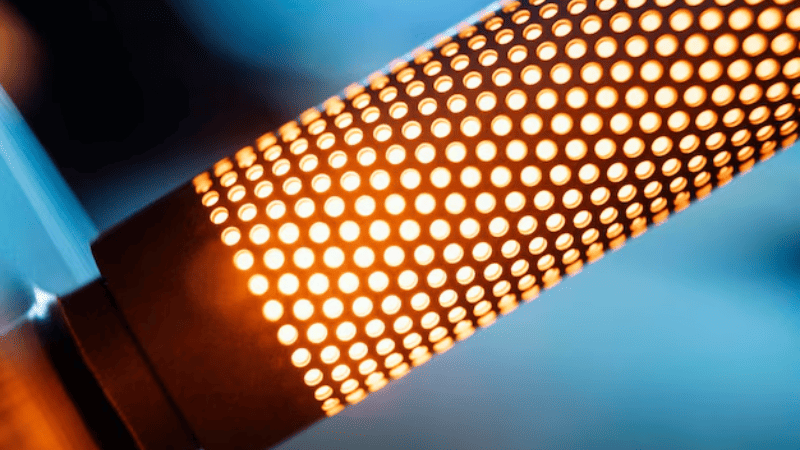
LED panel lights are trendy due to their thin edges and aesthetically appealing look. Their slim profile makes them ideal for installations where the light source should remain unnoticed.
These lights are installed at the ceiling level to blend well with different interior designs.
When it comes to light distribution, one of the most significant selling points of LED panel lights is being able to illuminate a room evenly.
This feature makes the LED panels superior to other lighting fixtures that can cast shadows or provide inadequate lighting in certain room areas.
LED panel lights have been considered energy-conserving because they use less power than other available lights while emitting the same or even higher power.
This makes them suitable for home and office use, as they will help cut down on power expenses and be eco-friendly.
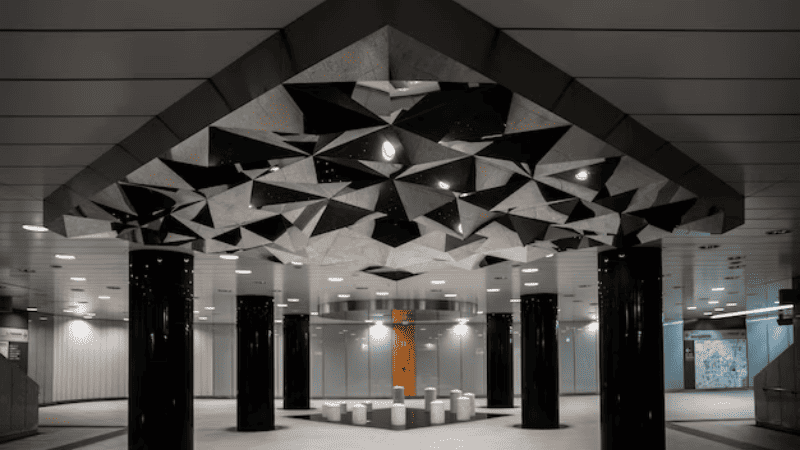
These are highly adaptive and can be applied in general, task, or accent lighting applications. From focusing intensive light for a working area to providing gentle, dispersing light for a living room, LED panels can be modified to suit the required type of lighting.
Modern LED panel lights are available in different sizes and designs to meet your requirements. These lights come in square and round panels and linear designs, which means that they can be customized to fit the particular style of the space.
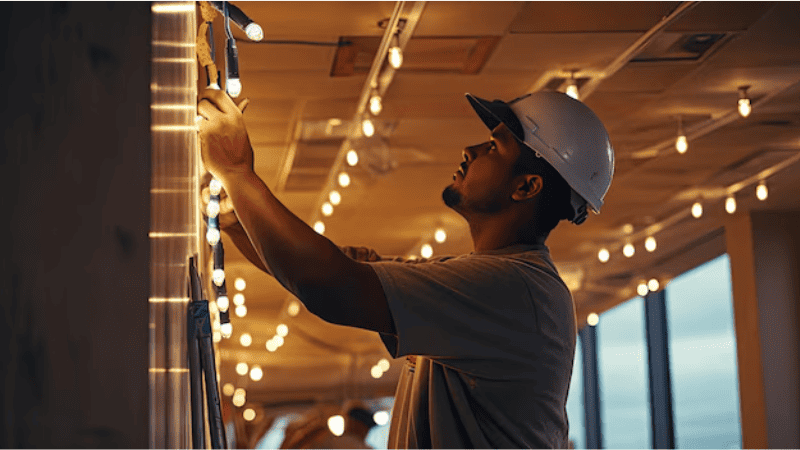
This type of light is surface-mounted, making installing and maintaining the product more accessible. This feature enables simple mounting without requiring heavy ceiling reformation, as with most cribs.
They are ideally suited to commercial lighting in offices, schools, and hospitals. The lamps emit a reasonably uniform light, and their smooth appearance makes them suitable for such settings.
Like the ceiling lights, panel lights can be integrated with other lights, such as downlights, to create a multiple-tiered lighting solution. This makes the environment more effectively lit and provides a flexible and functional way of lighting a particular area.
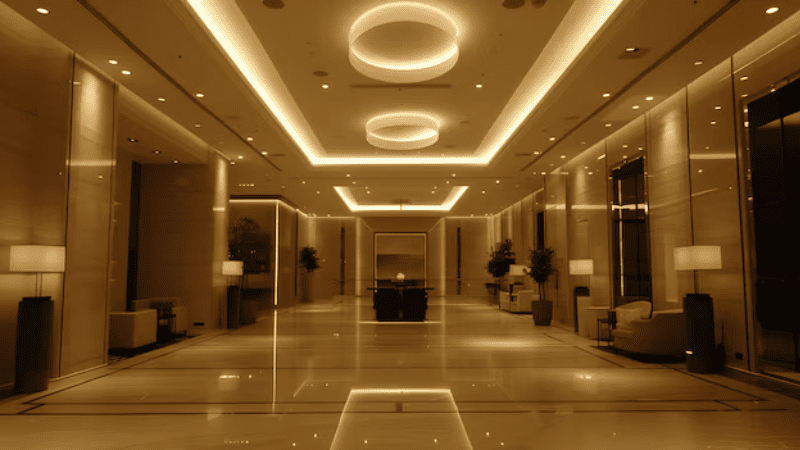
Downlights and panel lights are very different in their efficiency and performance. Each bulb type has advantages, so using it for specific lighting conditions makes sense.
Downlights are fantastic for task and accent lighting applications as they direct light most where desired. On the other hand, panel light performs best in cases where general and ambient lighting are required as the light emitted is spread out across a larger area.
LED panel lights are usually characterized by higher lumen-per-wattage than LED downlights. This implies that they produce more lumen per watt, making them a better alternative for saving electricity costs and preserving the environment.
Research shows that switching to LED lighting in commercial spaces can reduce energy costs by up to 50%.
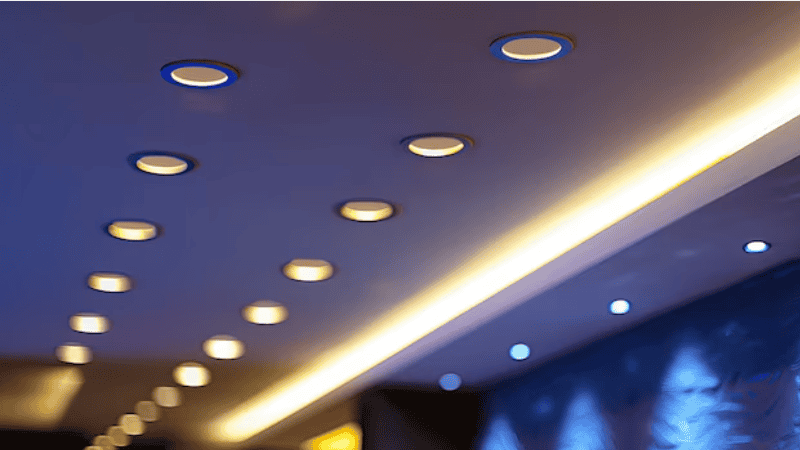
Downlights are perfect for living rooms, kitchens, and bedrooms where task and accent lighting are necessary.
In the living room, they can focus on artwork or architectural details. In the kitchen, they provide a spotlight for cooking, and in the bedroom, they offer a warm glow for resting.
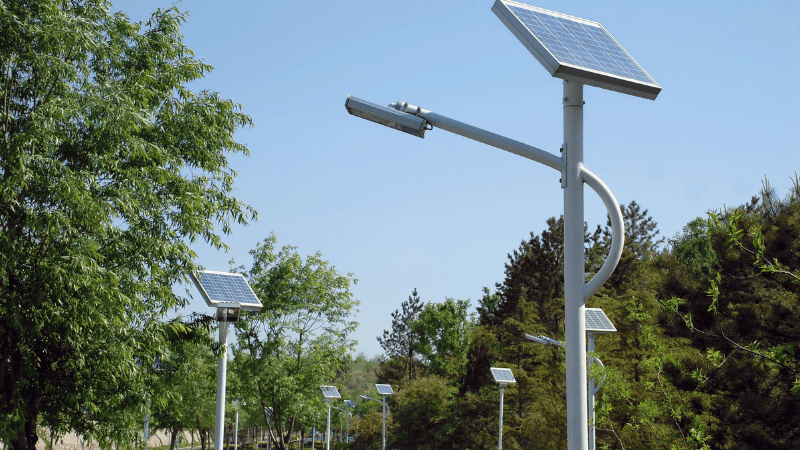
The panel light is ideal for commercial use in offices, schools, and hospitals. Due to its smooth and even light emission patterns, it is suitable for places where general and ambient lighting is required to have well-lit, properly functioning spaces.
It is specifically installed to provide light in the panels and plays a significant role in creating a professional environment.
When downlights and panel lights are integrated, they can provide adequate illumination while allowing variation. Implementing bright downlights for tasks and panel lights for general lighting gives every room a multilayered look suitable for purpose and design.
This approach can thus afford different types of illumination that correspond to various requirements and preferences.
However, they can be more energy efficient in the long run, meaning that they may reduce the energy needed and cut costs.
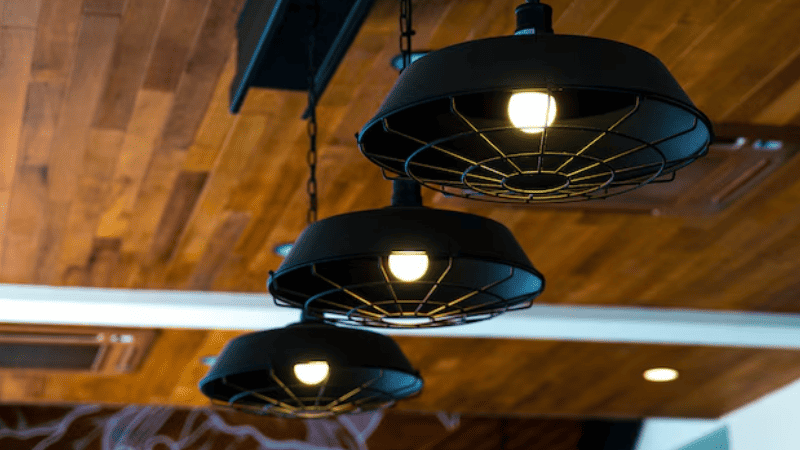
Depending on the type of light being installed, downlights and LED panel lights have varying prices. Downlights generally cost more at the initial installation because they require recessed fittings and possibly more complicated installation processes.
However, standard panel lights have a relatively low initial cost in terms of installation. They are easier to install than traditional LED lights because they do not require much adjustment to the ceiling.
This can make them a more cost-effective solution for the initial purchase, especially when the space is ample.
In terms of maintenance, panel lights may have the edge. Owing to their design, they are easier to maintain, making them very easy to clean and ready for use as quickly as possible.
Furthermore, LED panel lights have a longer service life than many other downlights, so replacement is less often needed.
The downlights may need more attention. These lights attract more dust and are difficult to clean, particularly where they are recessed within the ceiling. Their long-term maintenance should be better considered when assessing the total cost of ownership.
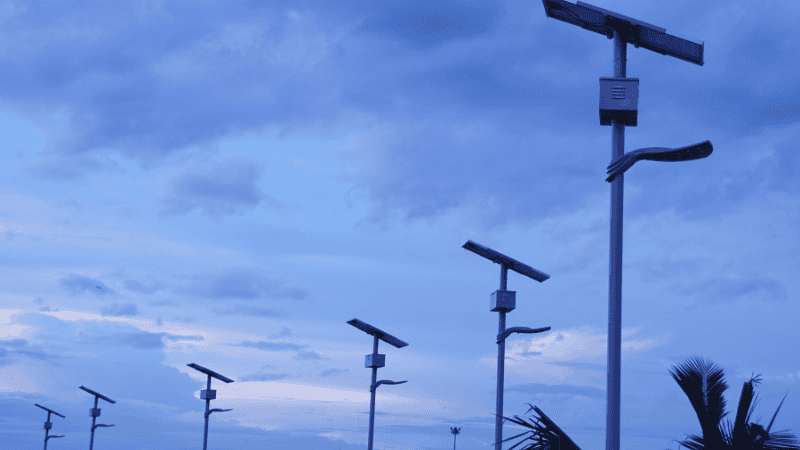
Selecting a panel light begins with the size and shape of the room in which you intend to place it. In larger spaces, multiple panel lights might be used to distribute light evenly across the area, while in smaller spaces, fewer well-positioned panel lights would suffice.
Check the panel light’s light intensity and compare it to the general brightness level you want in the area. Also, the beam angle is critical because it determines how the outcome spreads out.
The broader the beam angle, the more general lighting is the best, while a narrow beam angle produces a focused light on the task area and increases visibility.
| Consideration | Description |
|---|---|
| Room Size and Shape | Use multiple panel lights for larger spaces and fewer, well-positioned panels for smaller areas. Match the shape of the panel to the room’s layout (square or round). |
| Color Temperature | Choose from warm white (soft light for living areas), cool white (brighter, focused light for workspaces), or daylight (natural light for accurate color reproduction). |
| Lumen Output and Beam Angle | Higher lumen output is needed for larger areas; broader beam angles provide general lighting, while narrower angles focus light on specific tasks. |
Absolutely! Using both downlights and panel lights can allow for more flexible lighting since the focused downlight will complement the smooth white light of the panel lights.
Downlights are used for spotlighting and accent lighting, and panel lights are used for general and uniform lighting.
To select the optimal choice, compare the size of the room, the effect of the light needed, and energy consumption requirements.
To sum up, the decision between incorporating downlights and panel lights comes down to the specifics of the lighting required in a particular environment. Task and led downlight products, such as downlights, are excellent for targeted lighting.
In contrast, panel lights are best suited for providing diffuse light for larger spaces and are ideal for commercial settings.
So, which light do you think is the best for your living room? Let us know in the comments section below.
No matter your lighting goals, we assure you you’ll achieve them with Risun.
With the vast list of high-quality residential and commercial LED lighting, you will reach that perfect lighting and atmosphere for your home or business. If you need to achieve an ideal ceiling lighting fixture in your space, contact us today!
Comprehensive Lighting Solutions for MRO Wholesalers and Professionals
send your inquiry
Hi, I'm the author of this post, and I have been in this field for more than 15 years. If you want to wholesale lighting fixtures or lighting related product, feel free to ask me any questions.
Learn More >>Download our catalog to view all of our lighting products.
Ready to get started ?
Send Your InquiryOur team will get back to you promptly

please
download
Get notified about new products
Our team will get back to you promptly!
Add your first comment to this post